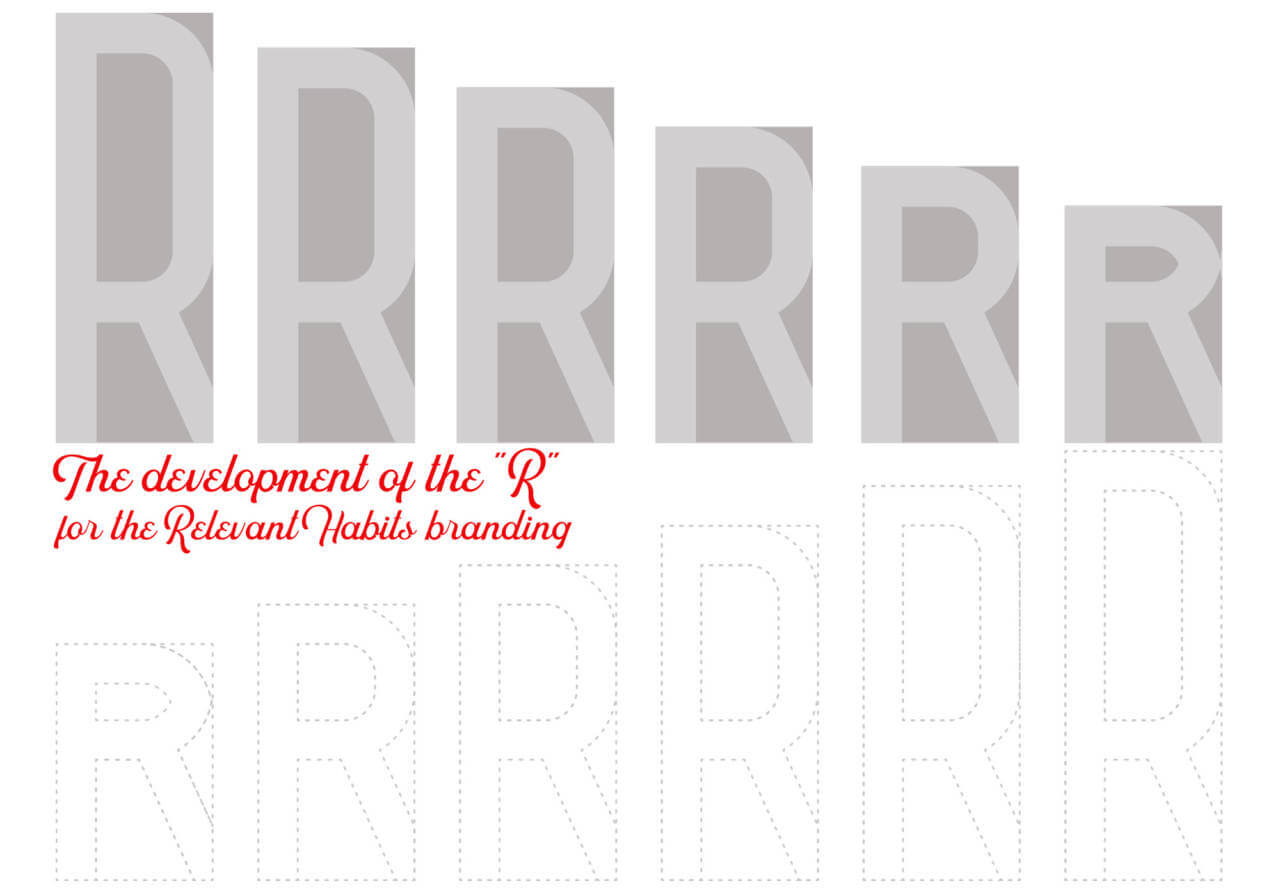 Spend three minutes with her and you’d be hooked. You won’t be looking back and you’ll be ready for the kind of revolution most business owners only dream about.
Spend three minutes with her and you’d be hooked. You won’t be looking back and you’ll be ready for the kind of revolution most business owners only dream about.
That’s no exaggeration.
Maura Fredericks is a remarkable executive coach.
But there was only one problem.
Unless you met her or spoke with her, you had no idea how amazing she actually was.
What was written about her (and how her brand was presented) simply didn’t reflect Maura, her passion, her expertise, her no-B.S. attitude and her ability to empower executives and business owners.
A fate too many brands suffer from.
Brands understand their own world but are out of touch with the outer world and knowing what trips their audience’s trigger.
This results in an enormous disconnect between your brand’s value and the perceived value.
Yes, I used “the P word.”
Perceived.
So, Maura reached out to me after attending a Webinar on rebranding that I had delivered.
We spoke.
I instantly liked her.
She was real. No fluff. No pretense.
My kind of person.
After speaking, it was a good match knowing I could help her revamp her brand which she’d outgrown.
So, we started where every rebrand starts: the beginning.
The Proven Skill (3 Actually) You Must Master
We looked at several things:
- Who her audience really was
- The pain points she was actually helping them solve, and
- Her point of differentiation from other “executive coaches”
Those three factors, and nailing those down, are a skill you must master if you’re going to effectively manage your brand.
Let’s break it down.
1. Your Audience
Proper identification of who you’re providing value to is mandatory if you’re going to communicate effectively.
Many brands go too broad, such as a skin care company determining “anyone with skin” is their audience.
No.
Fact: anyone who cares about how they look is their audience.
Or those who battle blemishes or acne.
And any group of people who might struggle with this more than others (due to age or climate or diet) would be a great audience to add value to.
Any of the above would be a realistic defining of an audience.
Dial in on your real audience.
2. Pain Points
When I was commissioned to rebrand an outstanding disruptive PR firm, I discovered that many companies disliked PR firms in general because PR firms industry-wide overpromised and under-delivered.
How the heck could a PR firm differentiate itself while dialing in on the pain point of their prospects?
Well, the idea of getting PR itself was desirable.
The only problem was the nightmare of dealing with PR firms to get that PR—that was absolutely undesirable.
Well, we had to first handle the pain of doing business with PR firms in general before we could address any other pain point, and how we brilliantly tackled that is fully outlined here.
But in short, we handled opened the discussion with prospects with a shockingly unexpected opening slide on their presentation.
The lesson? You must find the pain point and pound on it.
Sometimes, it’s what your audience is struggling with.
Sometimes, it’s “how hard” it’s considered to solve the problem that is the problem.
Sometimes, you have to reframe the issue so your audience really gets what you do, and the only way to to do that is to shed new light on the problem (this is what we did with Maura).
3. Differentiation
If you fail to differentiate, you’re dead.
You blend in.
You’re seen as the same.
The same means common, average, routine and ordinary.
Value is seen as the opposite:
uncommon, not average, not routine and anything but ordinary.
In the case of Maura, we needed to isolate her points of difference.
We did this in the first two lines of her overhauled brand story:
This Proven Skill Simplifies Everything
Very simply, Maura empowers her clients by isolating how versus tackling the ever-popular “why” made famous by the best-selling author Simon Sinek.
Yet, way too many executives and business owners get stuck on execution: how.
In short:
Maura works with business owners to unite their vision and their people.
With renewed confidence and clarity, her clients sharpen their focus and achieve remarkably audacious goals.
What once was tolerable is now fulfilling and a legacy is now possible.
In short, Maura strips away the blocks between leadership, vision and the team.
Her clients’ old habits stood in the way.
In the way of progress.
In the way of relevance and effectiveness.
In the way of leadership and getting stuff done.
The answer? A new name and brand new identity:
Relevant Habits for Business Owners
with the new slogan, How New Habits Thrive.
And this closing slide in her Brand Story cements her brand’s foundation and reason for being:
Gary Vaynerchuk and Aristotle on the same page? Who’d have thought it possible?
The way we got there was by applying this proven skill and these exact areas of attack:
- DEFINE who your audience really is
- ESTABLISH the pain points your brand is actually helping clients or customers solve, and
- CARVE OUT your point of differentiation from other solutions prospects can choose over your brand
Here’s the transformation:
Here’s a detail of the development of the “R” in her logo:
Here’s a close up of the typography for her brand:
And here are some other applications of her brand:
In Her Own Words
 What prompted you to want to rebrand your firm?
What prompted you to want to rebrand your firm?
“I felt it was the right time to invest the time and energy in the hard inner work to accurately capture the essence of who I am, what I really love to do with the target market (business owners) I love to work with. I’m digging deeper into the issues business owners face, offering new services to address a gap that is interesting, and quite frankly needed in the marketplace.”
What misconceptions do you feel your previous brand conveyed (or failed to address) to your clients?
“I liked the prior name of my company; my clients liked it more. (Thrive Consulting & Coaching dba Thrive with Maura Fredericks, LLC)
“For me, thrive was a nebulous term and not something I could really grasp firmly on to for things I wanted to do in my business. For each client thrive meant something different, and I was looking for some consistency I could hang my hat on.”
Tell in your own words what happened for you as your new brand story started to unfold and get crystallized?
“The process was definitely one that unfolded, but it all came together sooner than I thought it would. For years I had a hard time concisely articulating what I did, and that was so frustrating. How could it be that what I loved to do so much was so hard to explain?
“Working with David was a bit more of that frustration, but liberating at the same time. David and I would talk, he’d challenge me a bit and send me back my words, and I’d be surprised at what they looked like on paper. Did I really say that? That’s not what I meant! Or, I meant that, but not like that!
“I wanted to put a stake in the ground and share my message, in a bold, unfiltered way, and when David showed me how the brand all came together, the sense of relief was overwhelming. David will confirm I just burst into tears. It feels so right, and represents and honors my clients so well.”
What does it achieve that your previous brand didn’t?
“This brand brings more clarity and simplicity to how I talk about what I do. I feel much more self-confident about my business, what I offer and the impact my clients can have on their business by our working together.”
What does the new brand convey that differentiates you from other executive coaches?
“Its simplicity and direct appeal to actual pain business owners face every day, along with the tangible solutions possible by our working together.”
If you’re looking at a rebrand, here’s the most referenced post on the Internet on Rebranding and the and the 19 questions to ask before you start.











